Louis Pasteur: brief biography and photos
Famous researchers and scientists, discovers, who forever enhance their names into the chronicle of science, often outpaced their time and therefore remained incomprehensible. Louis Pasteur, a brief biography of which will be discussed below, just refers to the number of similar personalities. He lived a difficult life, was forced to fight for the right to engage in science, but managed to win and give the descendants to microbiology, immunology and other, no less useful, achievements. Get acquainted closer with his life.
Birth and the first years of life
Even a brief biography for children Louis Pasteur allows you to make sure that this man had uncommon talents and a unique warehouse of the mind. He appeared on the world in 1822, on December 27 in a small French town of Dol, in the family of leather deeds of the Master.
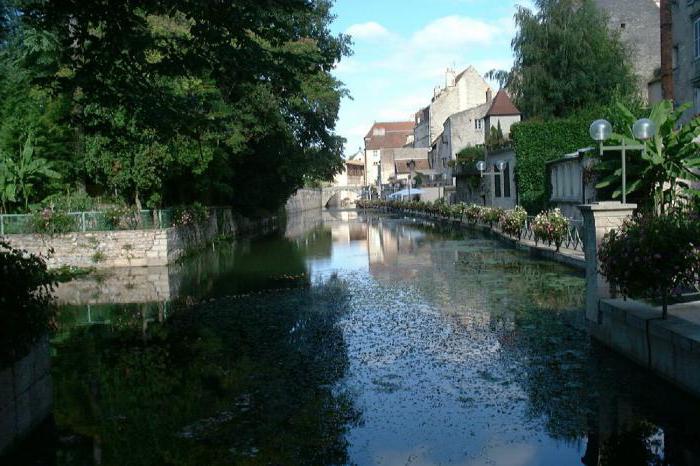
years of education
Future microbiology discoverer began his training in college in Arbua, where he was the most young students. Already in his first educational institution, Louis managed to achieve impressive success, becoming an assistant teacher. Then he realized that a lot depends on hard work and perseverance. Then he studied science in college in the Parisian Lyceum of St. Louis and at the same time was a visitor of lectures in Sorbonne. Brilliantly graduating from college, the young Paster continued her education in the highest normal school, where he was engaged in the comprehension of natural sciences. In one year he managed to defend two doctoral dissertations at once and get the title of professor in physics and chemistry.
First steps in work
In a brief biography, Louis Pasteur must be told about his early works. So, worked in several universities in the rank of professor, then he received the post of dean in his own educational institution, ranking a normal school. The researcher turns out to be a very strict leader, significantly tightens the rules for admission to school and the requirements for a graduation, which made an educational institution more solid. Non-40-year-old Paster has already been widely known in scientific circles with its innovative work:
- Proceedings on organic crystallography laid the basis of modern science of stereochemistry.
- He managed to explore the fermentation process in detail and reveal its biological nature. It was Louis Pasteur who found that living microorganisms are answering the transformation of wine into vinegar to vinegar, special yeast fungi.
In the future, the chemist continued to study pasteurization, proposing to process the wine with the effect of high temperatures for its preservation.
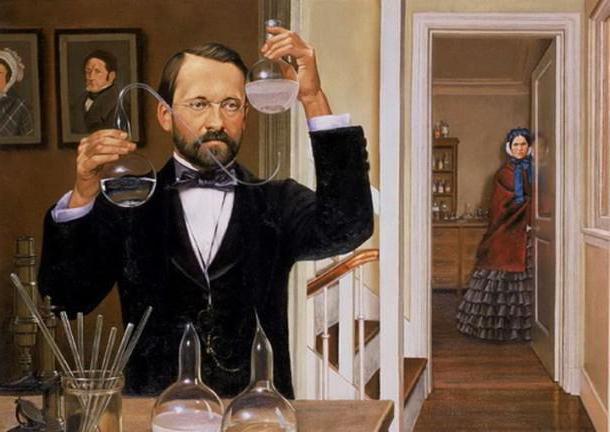
Research
The next stage of the life of Louis Pasteur, a brief biography and photos of which are presented in this material - work in the field of medicine. So, studying the causes of the death of the worms of a tute silkworm, he learned from a microscope to separate healthy individuals from patients. It brought the researcher to think that in the same way we can also affect the pathogenic microorganisms in the human body. If you enter a patient with special serum, then you can relax the effects of the microbe and even develop in patient immunity to it.
Pasteur and his students put numerous experiments, allowing to comprehensively explore the nature of vaccines. So, he managed to find medicines from such serious diseases as Siberian ulcers, rabies and rubella pigs, chicken cholera. In those days, these viral infections were carried away by many lives. The first success in vaccination was the vaccination of a 9-year-old boy, which was thus saved against rabies.
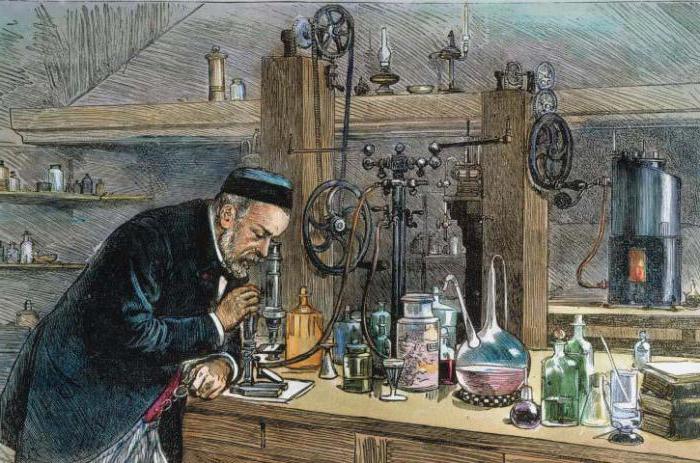
Charges
Like any man who is leading his time, a brilliant scientist accused of charctatania. His doctrine of vaccination was not popular with researchers who do not want to open their minds to new trends. Therefore, in a brief biography and discoveries of Louis Pasteur, difficult times came. Conducting vaccination, the scientist could not help a little girl, busted by a dog and appealing more than 35 days later. The vaccination was powerless, and the child died. Therefore, absurd accusations fell into the address of Pastera in the fact that the scientist does not bear the benefit of them, but is engaged in the spread of rabies. In some cities where stations for vaccinations were created, crowds were mad, threatening to destroy medical institutions. All this undermined the health of the Great Scientist.
The Pasteur Institute founded the Paster's own funds in Paris, but could not work there.
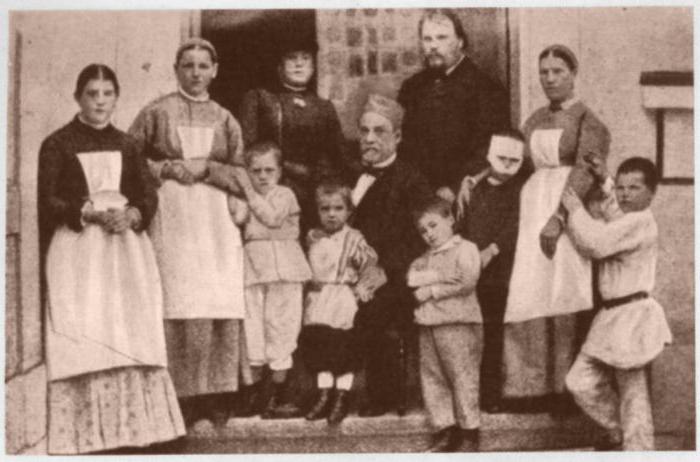
Death
Louis Paster left this world in 1895, on September 28 at the age of 72 years. The cause of the death of the researcher is called a whole series of strokes, almost completely destroyed its body.
Before death, he remained faithful to his ideas and sought to help people. Louis Paster was buried in the Cathedral of Notre Dame in Paris, subsequently, the ashes were reburied in the crypt of the institute created by him.
Features of teaching younger schoolchildren
Of particular interest is the brief biography of Louis Pasteur for grade 3. The teacher falls complex, but an interesting task not only to tell about the discoveries of the Great Man, but also to display key features of his personality. So, what should first tell third-graders?
- Born in a simple working family, Louis Paster did not go in the footsteps of his father - Kozhevnik, choosing a different way for himself.
- It should be noted that this person studied all his life and worked, did not give up even at the moments of the disease and then when his work was not frankly accepted, accusing the researcher in charctatance.
- His role is truly great in such sciences as chemistry, physics, medicine and biology.
- The brilliant researcher did his first discoveries in his student, ahead of not only teachers, but also his time.
- Louis Pasteer had a chance to survive and recognize his own merit, and unfair reproaches, but nothing could break his craving for knowledge and thirst for discovery.
- The scientist was friendly with many Russian researchers who subsequently continued his great deal.
You can also include in the learning process a selection of interesting facts and lists the opening themselves. This will help students assess the contribution to the science of this ingenious person.
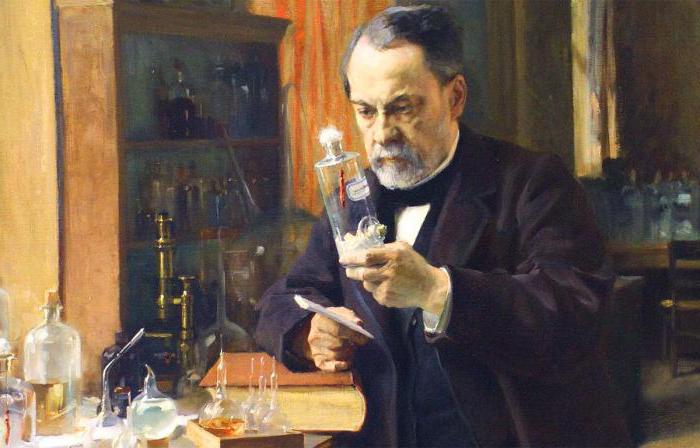
We have already met a brief biography of Louis Pasteur. Interesting facts are presented below:
- He was not only an outstanding scientist, a researcher, but also a gifted artist, so managed to perpetuate the portraits of the mother and sisters on the canvases.
- Pasteur's spouse gave him five children, but three of them died in infancy from the abdominal typhoid times in those times. This has become one of the main reasons that prompted pasters to study the methods of treating hazardous diseases.
- He was a conscientious Catholic, fully taking this religious doctrine on faith.
- Louis Paster was engaged in the treatment of patients with most of her life, without having medical education.
- His most significant discoveries committed, being disabled: From the hemorrhage to the brain, a 45-year-old Paster remained almost completely paralyzed on the left half, his hand and foot did not move. Nevertheless, the scientist continued his work and managed to save many lives.
The life of this outstanding person is easy to call, why is it particularly striking his perseverance, hard work and purposefulness.
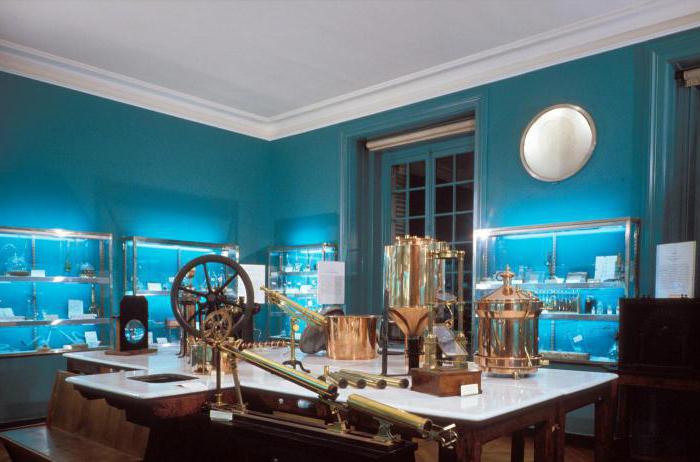
Discoveries
A brief biography of Louis Pasteur in English or Russian necessarily illuminates the discovery made by this great man.
- So, he managed to prove that specific microorganisms are responsible for fermentation, it became a new trend in the science of that time. Before Pasteur, it was believed that fermentation is a chemical process.
- It is this talented microbiologist who discovered the existence of microorganisms that are able to live without oxygen. It is they who cause oil-acid fermentation, leading to the damage of wine and beer. Therefore, to save drinks, Paster offered to use oxygen, destructive for such organisms.
- A brilliant scientist managed to disprove another theory of reigning in his time - about the self-timing of bacteria. So, the 19th-century researchers believed that the body could arise from nothing in itself. And Louis Paster, a brief biography of which comes to an end in our material, conducted an interesting experience that proved the inconsistency of this concept. He placed the nutrient solution into a vessel with a curved neck, life did not appear there, despite all the necessary conditions, since the spores of bacteria were settled on the slam of the neck. And if, in other things being equal, the neck was removed, then soon in the nutritional solution appeared for this opening Louis Paster received the French Academy of Sciences.
- Helped winemakers to deal with product diseases, taking them to heat the wine at high temperatures. Subsequently, the method was called pasteurization, he now helps extend the shelf life of many food products, while maintaining their taste and food value. But stored pasteurized substances follows under reduced temperatures.
- The first suggested preventive vaccinations that are being made to this day.
All this makes the contribution of a scientist in the development of science and medicine priceless.
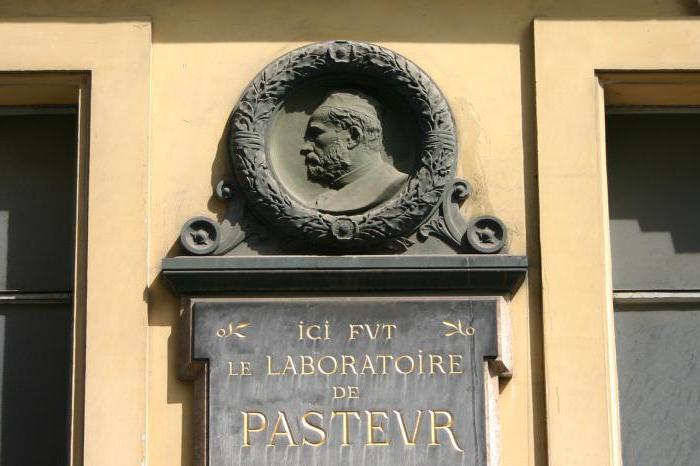
We looked at the brief biography of Louis Pasteur and its discovery and saw that it was not just a man of an outstanding mind, but also a very hardworking researcher who tried to get to the truth, despite the ridiculous theories that dominate him in his years, which many blindly were taken on faith. Now many educational institutions are the name of the Great Microbiologist, like one of the craters of the Moon.
